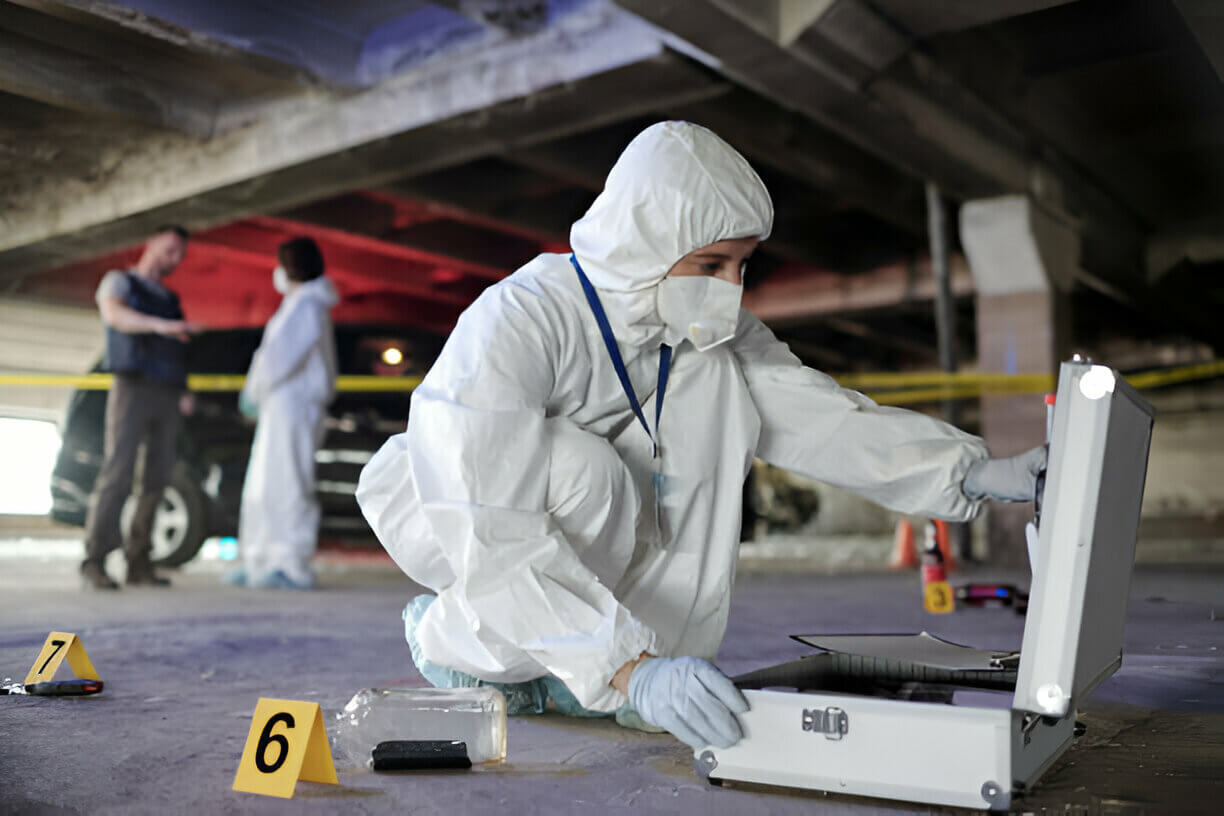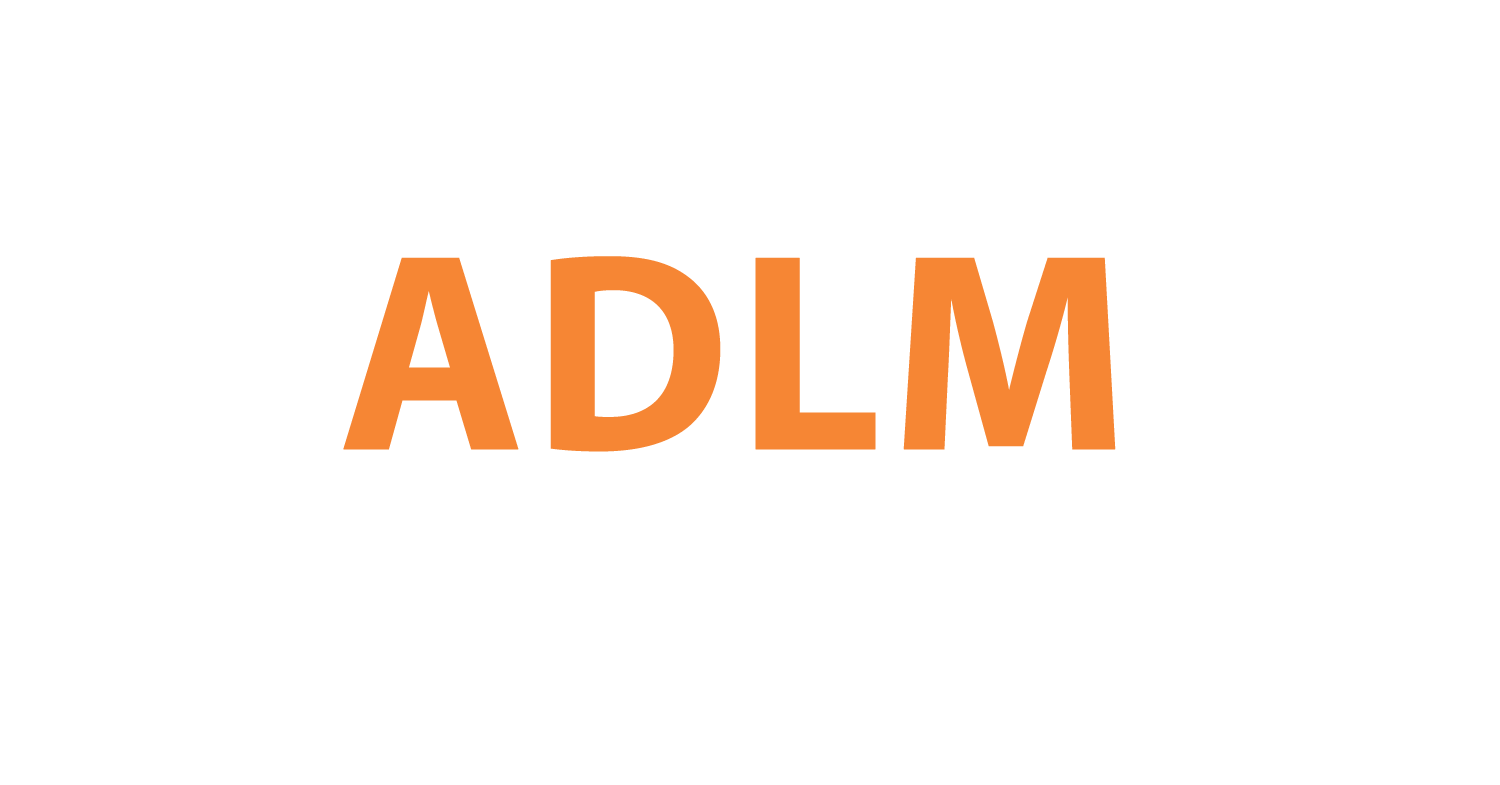How is Saliva Collected from a Crime Scene?

Saliva has attracted significant attention in forensic sciences due to its valuable applications in crime detection, hormone identification, drug and alcohol abuse cases, animal bite analysis, and poisoning. Safe handling and easy, non-invasive collection procedures have increased its popularity, particularly in drug abuse tests. Cytological analysis and DNA profiling of saliva aid in sex determination and suspect identification at crime scenes. More research into this innocuous body fluid is needed to fully understand its forensic potential.
What Makes Saliva Valuable in Forensics?
Saliva is a complex body fluid that has emerged as a popular source of forensic evidence. It contains valuable DNA samples that can help identify perpetrators or victims. Saliva may be deposited on skin during instances of biting, sucking, or licking, making it a significant forensic trace. In recent years, saliva has gained popularity due to the ease of collection, safety in handling, and its close similarity to plasma.
Why is it Challenging to Detect Saliva Stains?
Detecting and recovering saliva stains from crime scenes is not easy because dried saliva stains are invisible to the naked eye. They can be present on skin, clothing, paper, or other inanimate objects. Extracting DNA from saliva on skin is difficult as the substrate cannot be directly submitted to extraction processes. Advanced collection methods are needed to discover these undetectable stains.
What Techniques are Used to Identify Saliva Stains?
Various chemicals and enzymes have been tested to identify dried saliva stains, such as those that react with reducing sugars, alkaline phosphatase, starch, and amylase. However, these methods have limitations and varying sensitivity depending on the age and amount of saliva. Techniques like lasers, ultraviolet light, quartz arch tube, and fluorescence spectroscopy (which detects the emission from tryptophan in salivary amylase) are also used for screening.
How is Saliva Recovered from Skin?
Proper collection methods are crucial to recover the maximum amount of saliva cells from skin and minimize contamination. Two main techniques are used: the single swab technique, where a wet cotton swab or filter paper is used to retrieve saliva traces, and the double swab technique. The double swab technique involves using two swabs – the first wet swab rehydrates and loosens the dried epithelial cells in the saliva, and the second dry swab absorbs the moistened cells. Studies show the double swab technique yields a larger DNA sample.
What is the Role of Saliva DNA Isolation?
Salivary DNA can be recovered from various non-living objects like clothing, food, drink containers, oral hygiene devices, stamps, and envelopes. The standard practice for salivary DNA collection from skin was established by Sweet et al., who published the double swabbing technique. DNA is then isolated from the saliva sample using the phenol-chloroform extraction method, which separates nucleic acids from proteins and lipids.
How Can Saliva Help in Sex Determination?
Saliva contains epithelial cells exfoliated from the oral mucosa, primarily the buccal mucosa. These cells have increased the application of saliva for sex determination of the perpetrator. Two proposed parameters are detecting sex chromatin (Barr bodies in females and F bodies in males) and determining sex hormone levels based on the quantities and ratios of 17β-estradiol and testosterone.
What is the Role of Saliva in Detecting Drug Abuse?
Salivary concentrations of drugs can be directly correlated to their concentrations in blood, as drugs enter saliva through simple diffusion. The "drug wipe technique" is used to monitor the presence of drugs like cannabis, cocaine, heroin, morphine, and benzodiazepines in saliva. It involves wiping a small wet fleece on a suspected site and using immunoassay strips that contain antibodies specific to drug components. Radioimmunoassay can also detect drugs like amphetamine, phenobarbital, and morphine in saliva.
How is Saliva Used in Bitemark Analysis?
In cases of animal bitemarks, salivary stains up to 16 months old can be used for species identification using enzyme-linked immunosorbent assay (ELISA) with monoclonal antibodies targeting salivary immunoglobulin A. Double gel diffusion techniques and crossover electrophoresis can also be used for comparison when antibody results are insufficient. This technique helps examine bitemarks from unknown animals.
What are Salivary Biomarkers Used for in Forensics?
Salivary biomarkers are used in bitemark cases for general identification of people and victim identification in mass disasters. First, victims' hospital records are checked for any particular disease history. The salivary biomarkers for those diseases are then used for positive identification from the obtained saliva samples. These biomarkers can also identify victims whose DNA data is not available in existing databases.
Click to View → Mantacc 97000D Dual-swab Forensic Sample Collection Kit
Specially developed for saliva, blood and sperm spot extraction, a dual-swab forensic kit that integrates 2 swabs, extraction solution, desiccant, and storage box for fast specimen collection.











